What a year 2013 has been! Last year we did our first State of TechChange 2012 and figured it was time to look back on a year of learning.
More than ever, we are grateful to the growing global TechChange community that has more than doubled since last year to over 3000 participants in more than 100 countries. Thanks to your support, we’re continuing to provide innovative online learning solutions for international development.
Here’s a few highlights we’d like to share:
Press and Public Appearances
- Performed our #Fail Song at FHI 360. Anything too stupid to be said may have to be sung, and sing we did–about learning the hard way what not to do in online learning.
- Featured in major publications such as the New York Times and Fast Company for contributions on mobile phones for development and online workshops.
- Wrote articles in the Stanford Social Innovation Review and The Guardian on mobile phones for youth workforce development.
- Participated in major events including ones organized by PopTech, Tech@State, AAAS, mHealth Summit, and the Wilson Center.
- Built our online community to nearly 10k on Twitter and 5k on Facebook. (Thanks everyone for such great conversations!)
Online Courses and Platform Upgrades
- Built online learning partnerships with Ashoka and the mHealth Alliance to strengthen communities of practice.
- Designed custom online learning workshops for MAMA, USAID, TOL, Global OPS, and more.
- Added more animated content on the TechChange Media Library, including our most recent on Digital Finance Plus for CGAP.
- Launched publicly available interactive self-paced courses in Mobile Money, the Art of Advocacy, and Gender Integration in partnership with USAID.
- Created several new open enrollment courses, including important topics such as Digital Mapping and Intrapreneurship.
- Offered a discount for furloughed U.S. government employees during the government shutdown.
- Upgraded our student experience by creating a scalable server architecture, trying out Google Hangouts for live events, and improving access to online education for individuals with disabilities.
Offline Education and Fun Stuff
- Taught classes at George Washington University, Georgetown University, and more.
- Traveled abroad to convene workshops for the Amani Institute in Kenya, THNK in Amsterdam, and TOL in Prague.
- Hosted the TechGirls for #JobShadow Day. Thanks to the State Department for introducing us to Nagham and Sondos!
- Brought our logo to life. Finally, right? Looks and sounds cool too. Learn about how you can optimize your logo for video.
- Donated a bunch of iPhones to help empower global health practitioners in developing countries via Hope Phones (check em out).
Hope to see you in 2014!

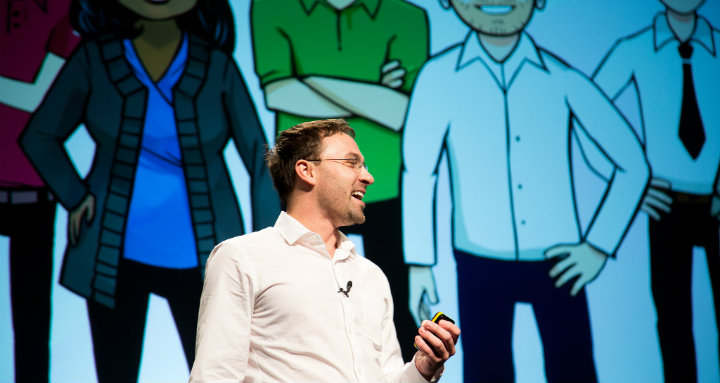
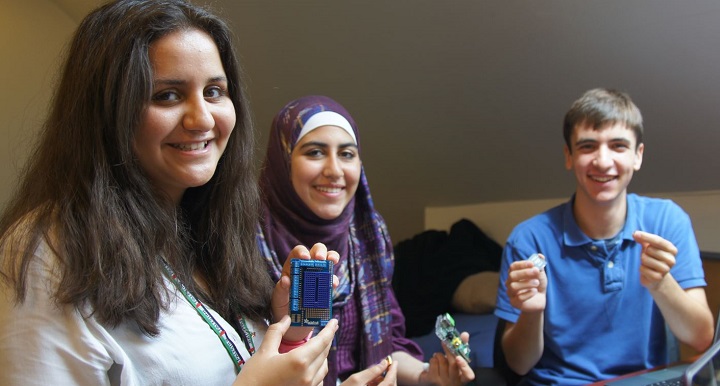
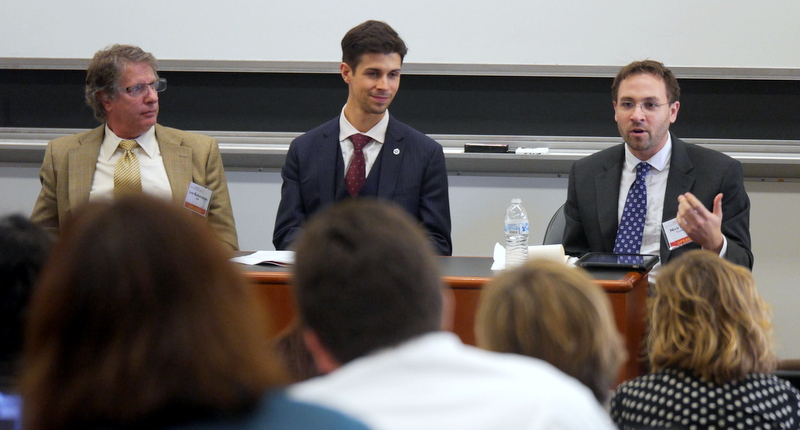
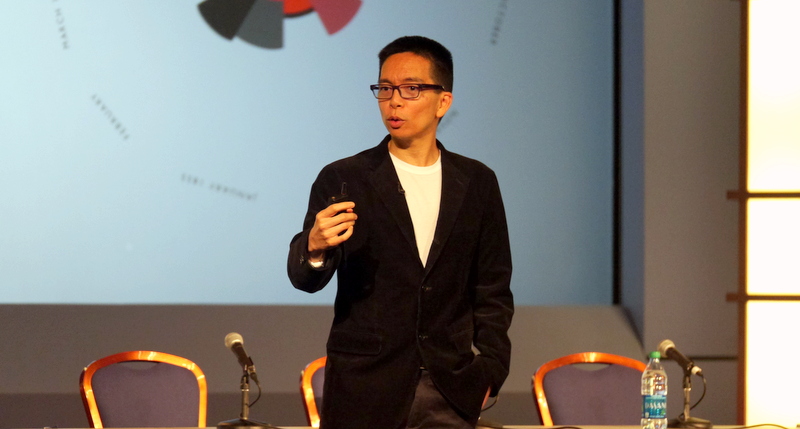
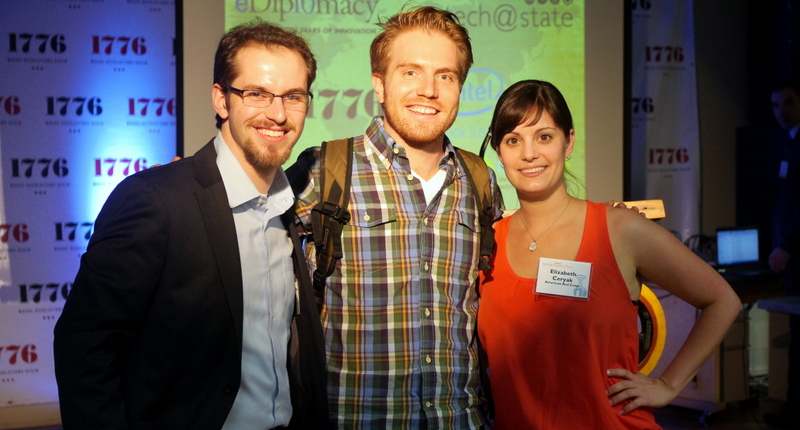

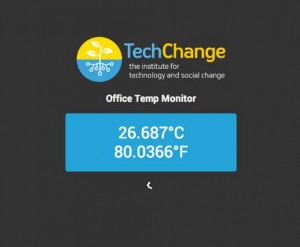
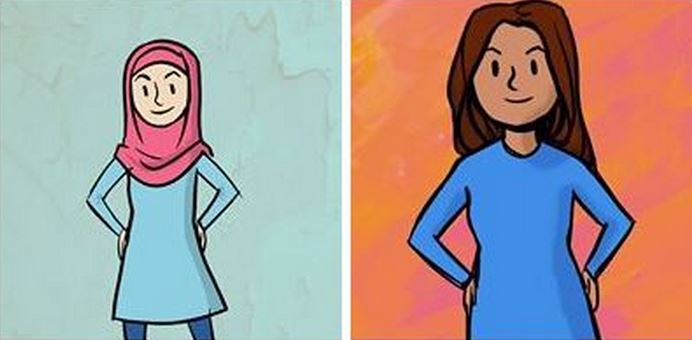
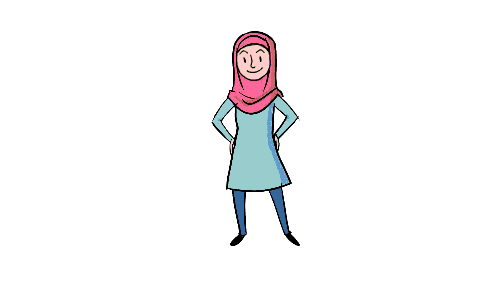
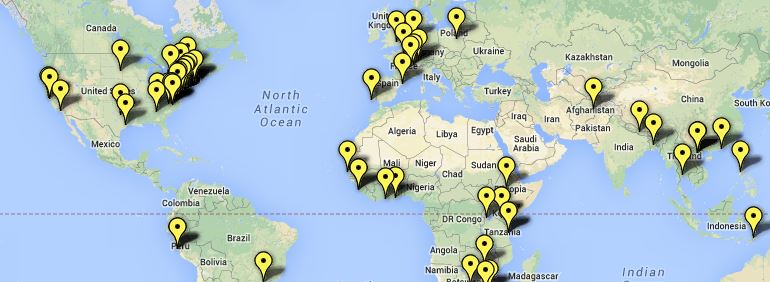
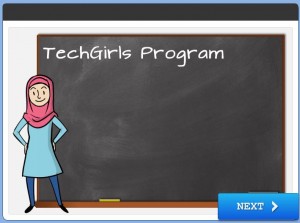
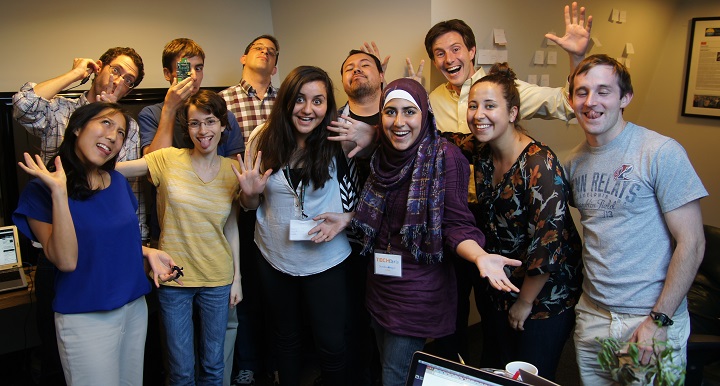
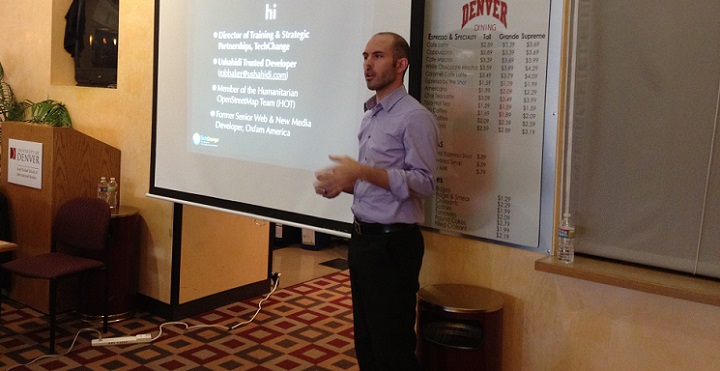 Pictured: Rob Baker speaking at DU
Pictured: Rob Baker speaking at DU